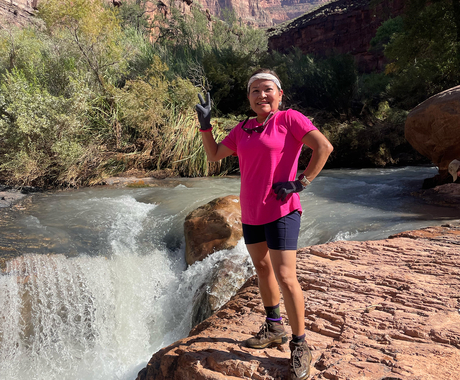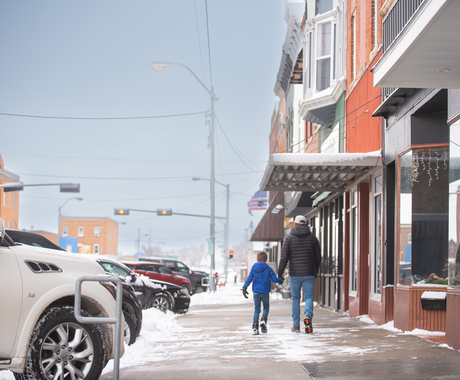This article was contributed by Muriel Clark, a leader with Nebraska's Lincoln Highway Historic Byway.
Recently I attended the first-ever Byway Leadership Training hosted by the National Scenic Byway Foundation, accompanied by Sarah Focke, another leader with the Nebraska Lincoln Highway Historic Byway. While there, we collaborated with other Lincoln Highway Byway leaders from Iowa, Indiana, and Ohio as well as other leaders from Byways in New York, Louisiana, Utah and Ohio.
Nebraska is home to 9 scenic byways: Bridges to Buttes (200 miles, Highway 20); Outlaw Trail (238 miles, Highway 12); Lewis and Clark (67 miles, Highway 75); Sandhills Journey (272 miles, Highway 2); Lincoln Highway (450 miles, Highway 30); Gold Rush (158 miles, Highway 385); Loup River (141 miles, Highway 91); Western Trails (119 miles, Highway 26) and Heritage Highway (238 miles, Highway 136). These routes offer travelers alternatives to Interstate 80 for traveling across the state.
For many of the rural communities along one of the nation’s scenic byways, byway marketing is the only avenue available to them for showcasing the unique tourism offerings in their area. These might be an annual festival, distinctive natural resource, remarkable small museum, or quaint mom-and-pop lodging and dining options.
A vibrant byway program builds collaboration among communities along a specific route. It links them together around a common theme, be it an historical transportation route, river valley or unique geological feature. By combining the individual unique attractions, a byway allows communities to reach a critical tipping-point and creates a viable destination for the traveler.
Heritage travelers, for whom the journey is as important as the destination, are among the most important types of travelers to attract. They care deeply about the resources they are visiting, and spend more time and money in an area they are visiting. Their interests lie in immersing themselves into the lifestyles of those who call an area home.
Often these visitors can help residents recognize the importance of saving historical buildings, preserving natural resources, and developing additional tourism offerings. Their spending can help keep local businesses viable and available to residents year round. In exchange, the small rural communities can help reconnect visitors to nature, rural landscapes, local food, and a lifestyle that some living in large metropolitan areas may believe only exists in the past.
For more information about the importance of Scenic Byways, visit the National Scenic Byway Foundation. If you have questions, feel free to contact me, Muriel Clark, at [email protected].





